As technology continues to push boundaries, the need for innovative solutions in power management becomes increasingly apparent. Among the latest breakthroughs, amorphous nanocrystalline filter inductors have emerged as game-changers in the realm of electrical engineering. These sophisticated components not only address longstanding limitations of traditional inductors but also pave the way for new possibilities in energy-efficient designs.
At the heart of this innovation lies the marriage of two remarkable material types: amorphous metals and nanocrystalline alloys. Unlike conventional crystalline materials, amorphous metals possess an irregular atomic structure that minimizes energy losses caused by eddy currents and hysteresis. When combined with the finely structured grains of nanocrystalline alloys, the resulting composite exhibits extraordinary magnetic properties. This synergy translates into lower core losses, enhanced permeability, and superior thermal stability—qualities that directly impact the performance of filter inductors.
One of the most compelling use cases for amorphous nanocrystalline filter inductors is in switch-mode power supplies (SMPS). SMPS units rely heavily on inductors to smooth out voltage fluctuations and ensure consistent power delivery. However, traditional inductors often fall short in high-frequency environments, leading to inefficiencies and excessive heat generation. By contrast, amorphous nanocrystalline inductors thrive in these scenarios, offering minimal loss and optimal energy transfer. This capability is especially crucial in consumer electronics, data centers, and industrial automation, where maximizing efficiency and reducing downtime are paramount.
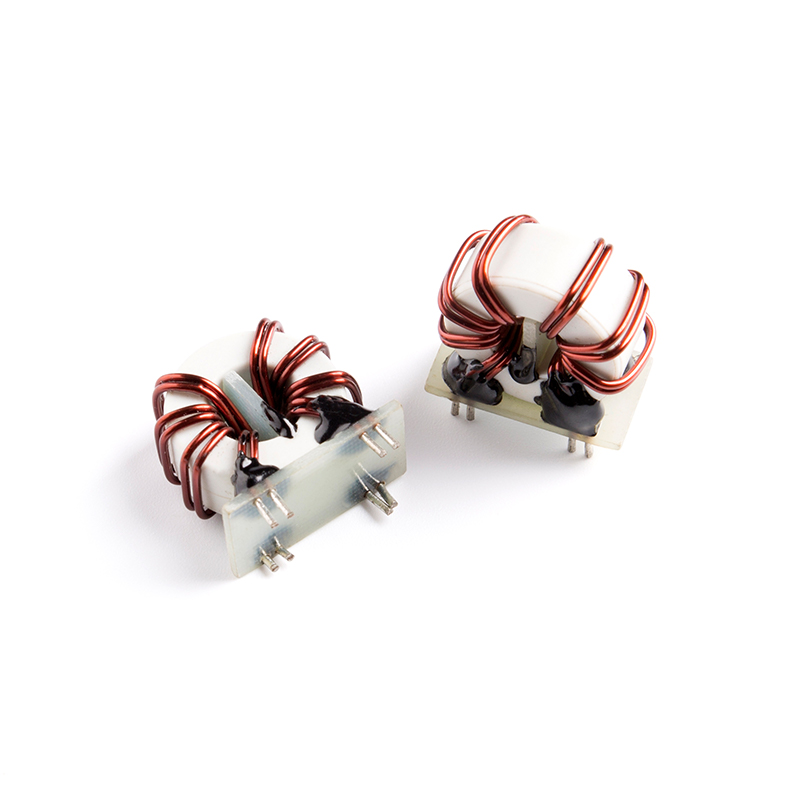
Another area where these inductors make a significant impact is in grid-tied inverters used for solar power systems. Solar inverters convert DC electricity from photovoltaic panels into AC electricity suitable for home or commercial use. Given the intermittent nature of solar energy, the inverter's ability to maintain high efficiency across varying load conditions is essential. Amorphous nanocrystalline filter inductors contribute to this goal by enabling precise control over harmonic distortion and ripple currents, thereby improving the quality of the converted power.
Beyond technical performance, environmental considerations further underscore the importance of adopting amorphous nanocrystalline filter inductors. As global efforts intensify to combat climate change, industries are seeking ways to reduce their carbon footprint. By facilitating more efficient power conversion, these inductors help lower overall energy consumption, contributing to greener operations. Furthermore, their longevity and robustness mean fewer replacements and less electronic waste—a win-win for both businesses and the planet.
Of course, integrating amorphous nanocrystalline filter inductors into existing systems isn’t without its complexities. Designers must carefully evaluate factors such as operating frequency, temperature rise, and compatibility with other components. Additionally, the initial investment required for these premium-grade inductors may deter some manufacturers. Yet, when viewed through the lens of long-term savings and enhanced product performance, the case for adoption grows stronger.

 English
English 中文简体
中文简体 Deutsch
Deutsch 日本語
日本語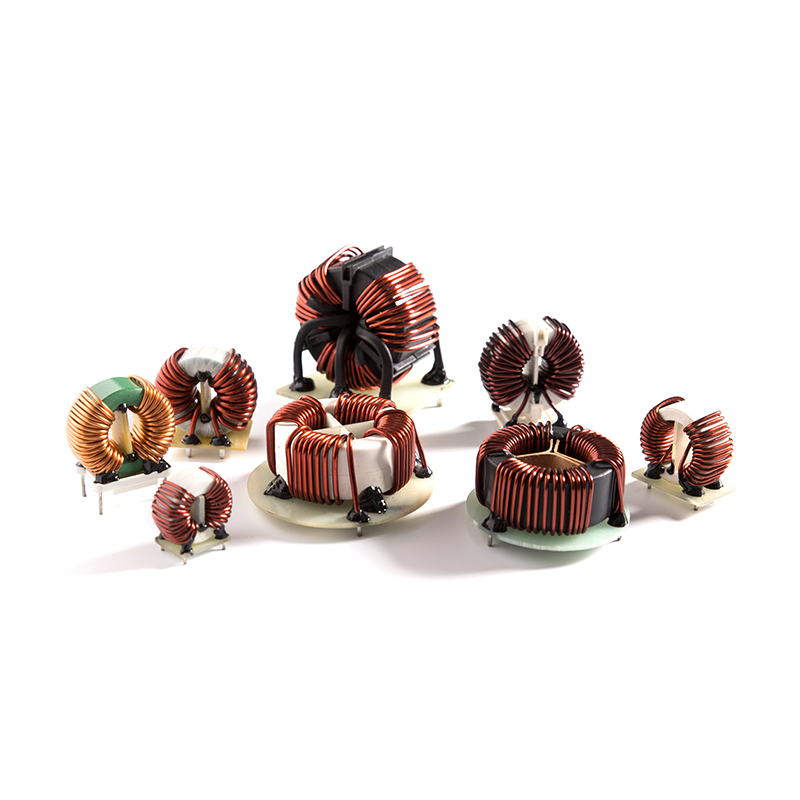
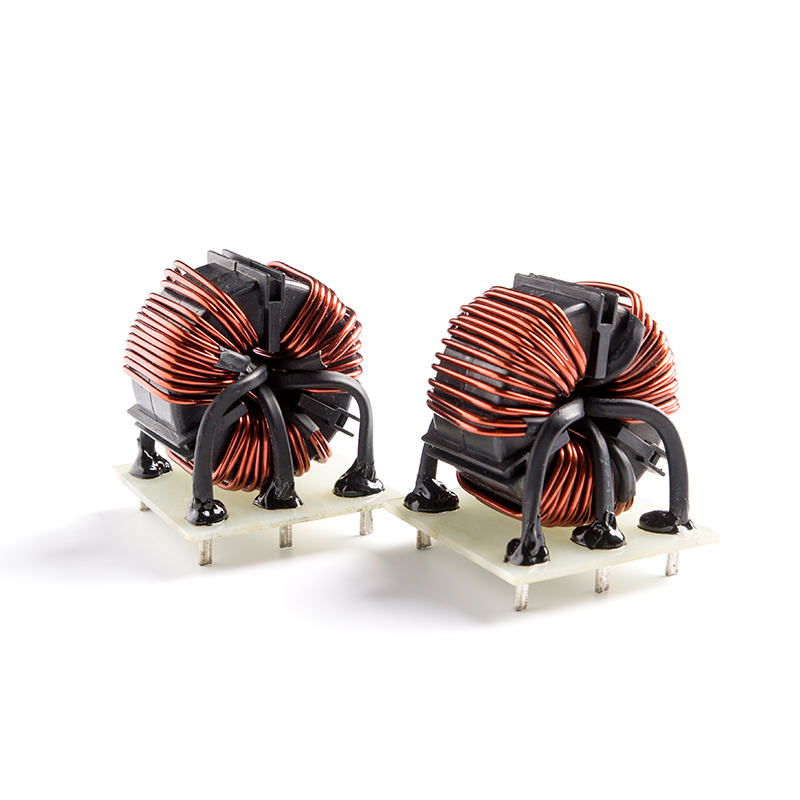
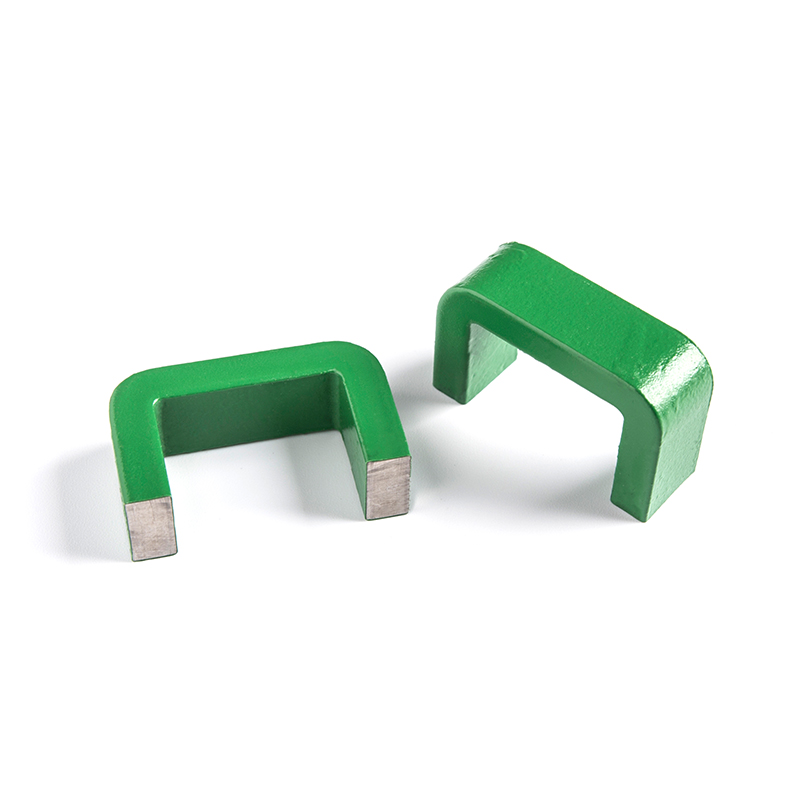 View More >>
View More >>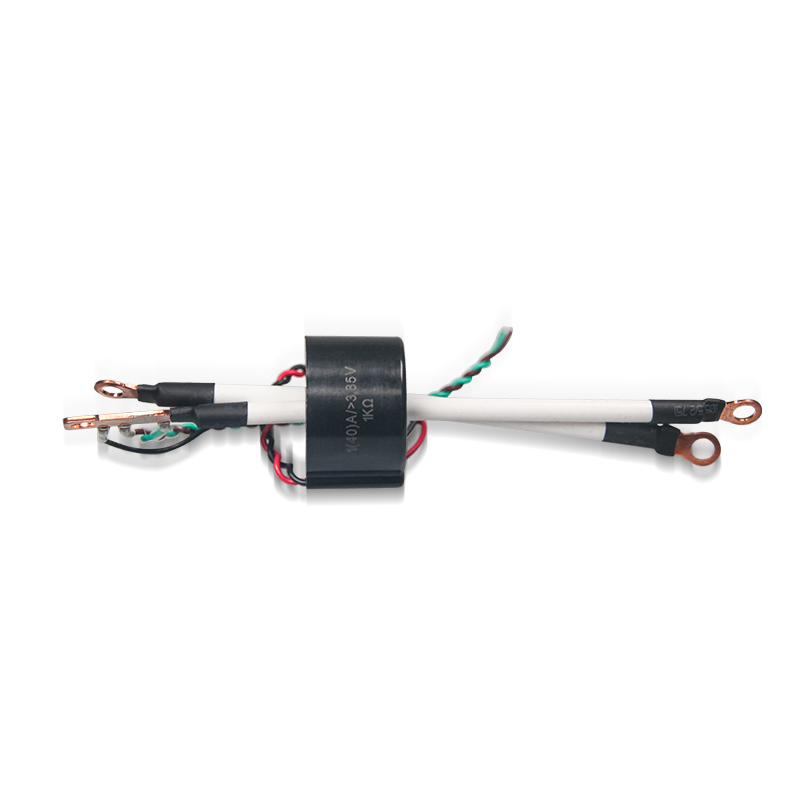 View More >>
View More >>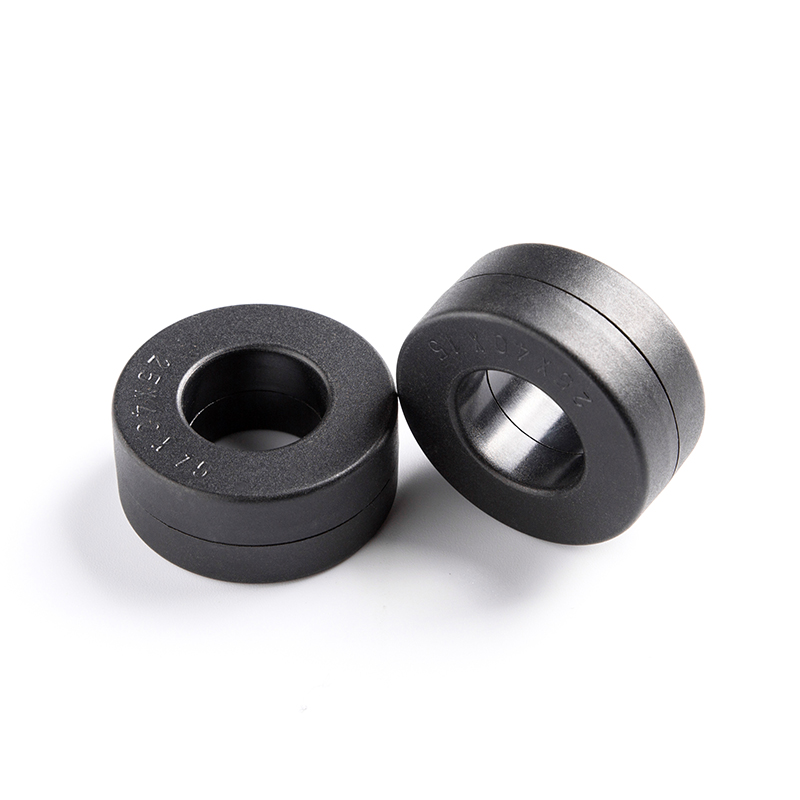 View More >>
View More >>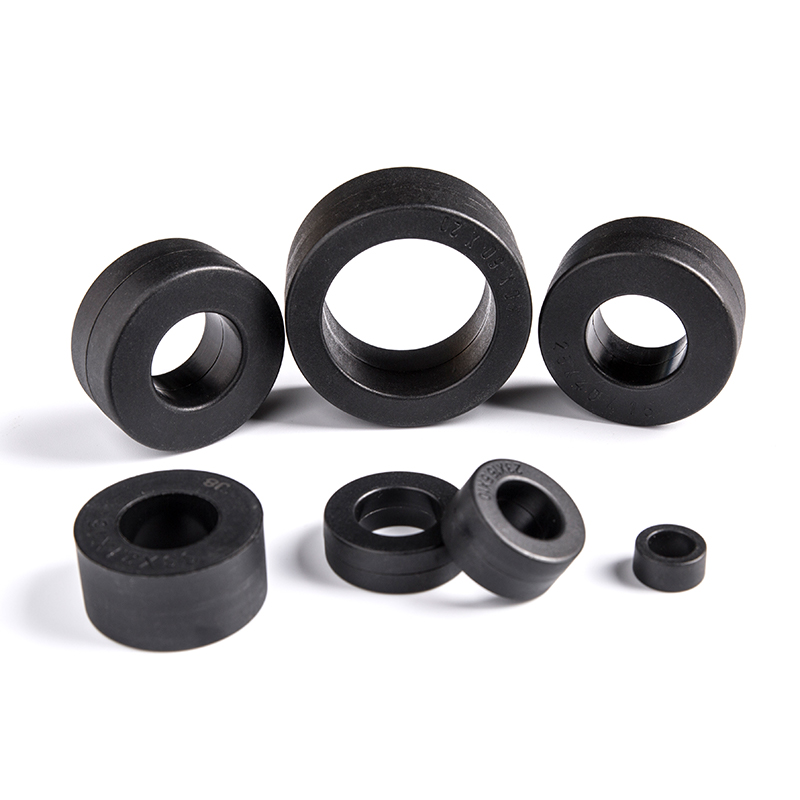 View More >>
View More >>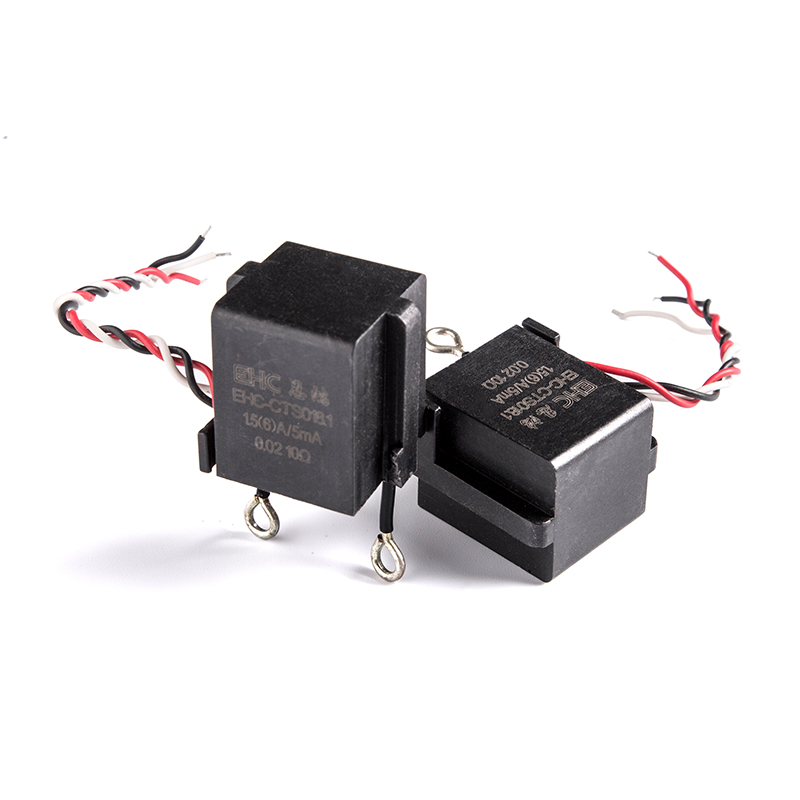 View More >>
View More >> View More >>
View More >>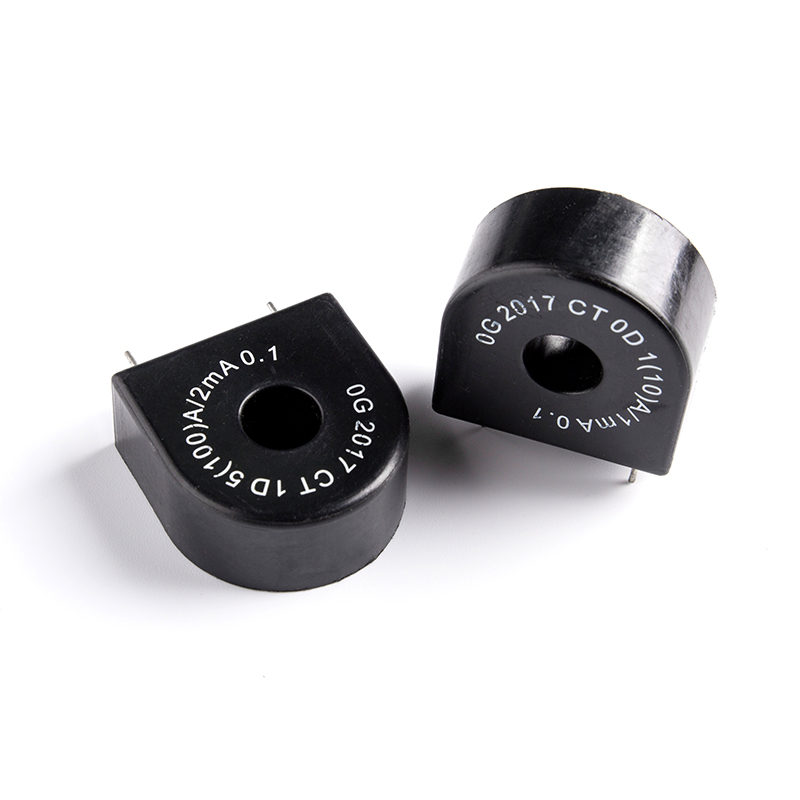 View More >>
View More >>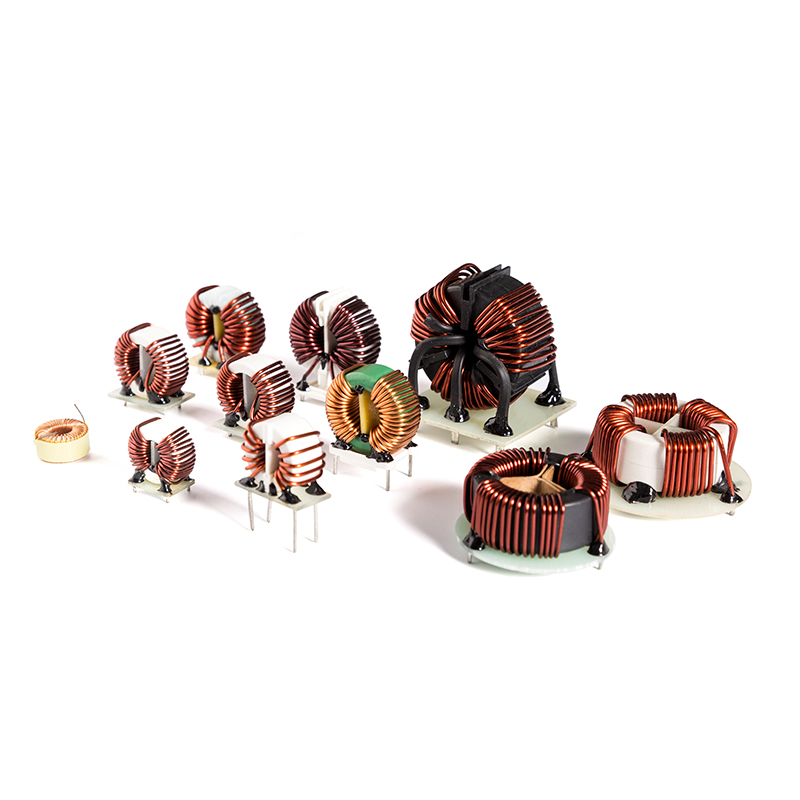 View More >>
View More >>